Spinal stenosis is the official term for a condition in which your spinal canal narrows and nerves become compressed. It's commonly found in patients with osteoarthritis, Paget's disease of bone, or herniated discs.
Patients age 60 and older are most susceptible to stenosis, but you can still develop this condition well before then. Some patients experience stenosis in their neck, while others have lumbar stenosis. Regardless of which form this condition takes in your body, there are multiple treatment options available.
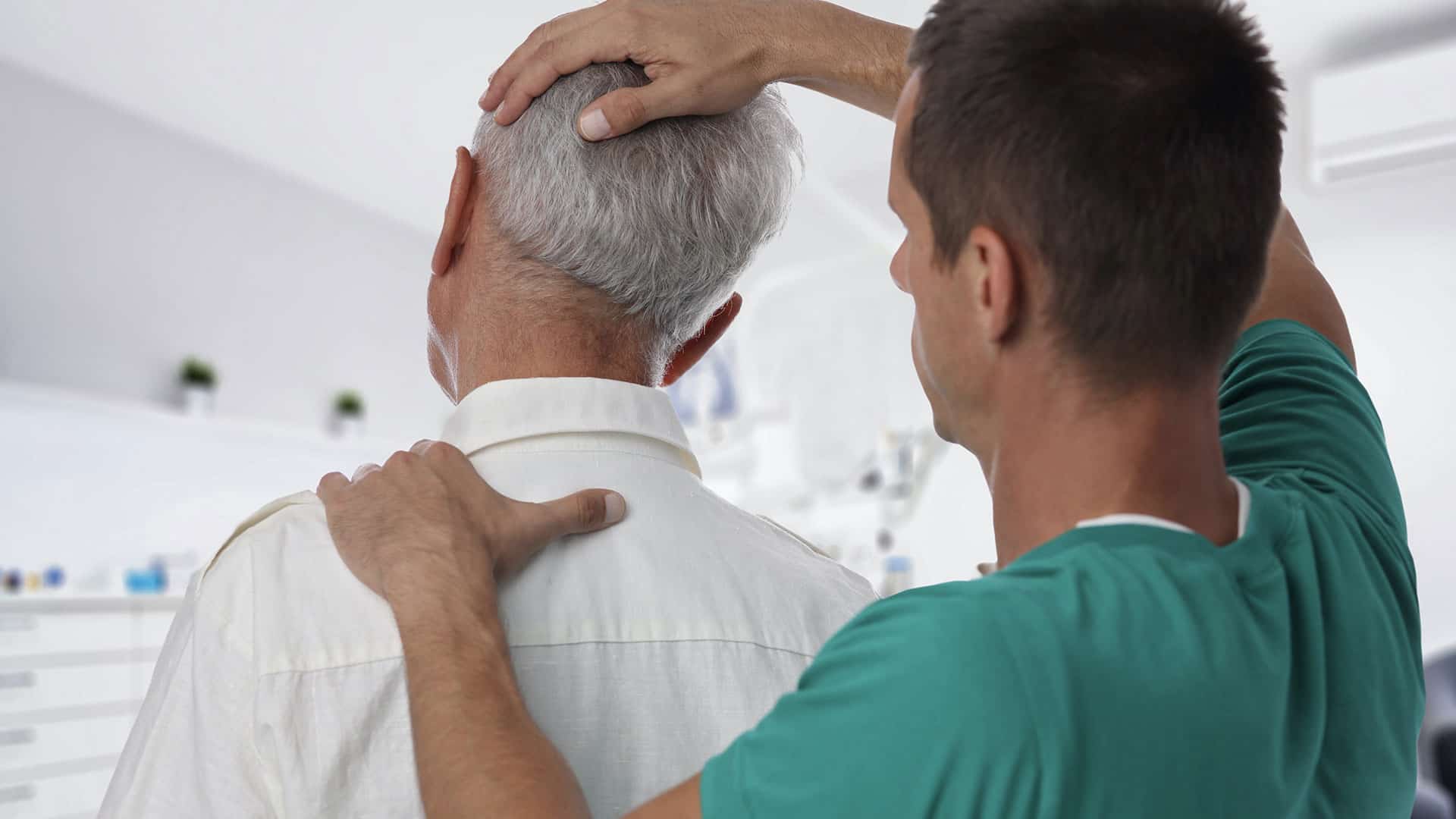 Chiropractors manipulate the spine, which helps ensure discs slide into their intended positions. This is beneficial for patients with spinal stenosis, as they often have bulging discs that are pressed against nerves. Many patients feel better after their first chiropractic adjustment. However, you might not experience full relief right away. Nerve damage takes time to heal, especially if compression lasted a while.
Stenosis can affect different parts of the spine, so your chiropractor will typically adjust the full spine, paying extra attention to the damaged portions. This will likely be your neck or lower back, though stenosis can also occur in the mid back. Ask a professional chiropractic center about your symptoms before they get worse.
Chiropractors manipulate the spine, which helps ensure discs slide into their intended positions. This is beneficial for patients with spinal stenosis, as they often have bulging discs that are pressed against nerves. Many patients feel better after their first chiropractic adjustment. However, you might not experience full relief right away. Nerve damage takes time to heal, especially if compression lasted a while.
Stenosis can affect different parts of the spine, so your chiropractor will typically adjust the full spine, paying extra attention to the damaged portions. This will likely be your neck or lower back, though stenosis can also occur in the mid back. Ask a professional chiropractic center about your symptoms before they get worse.
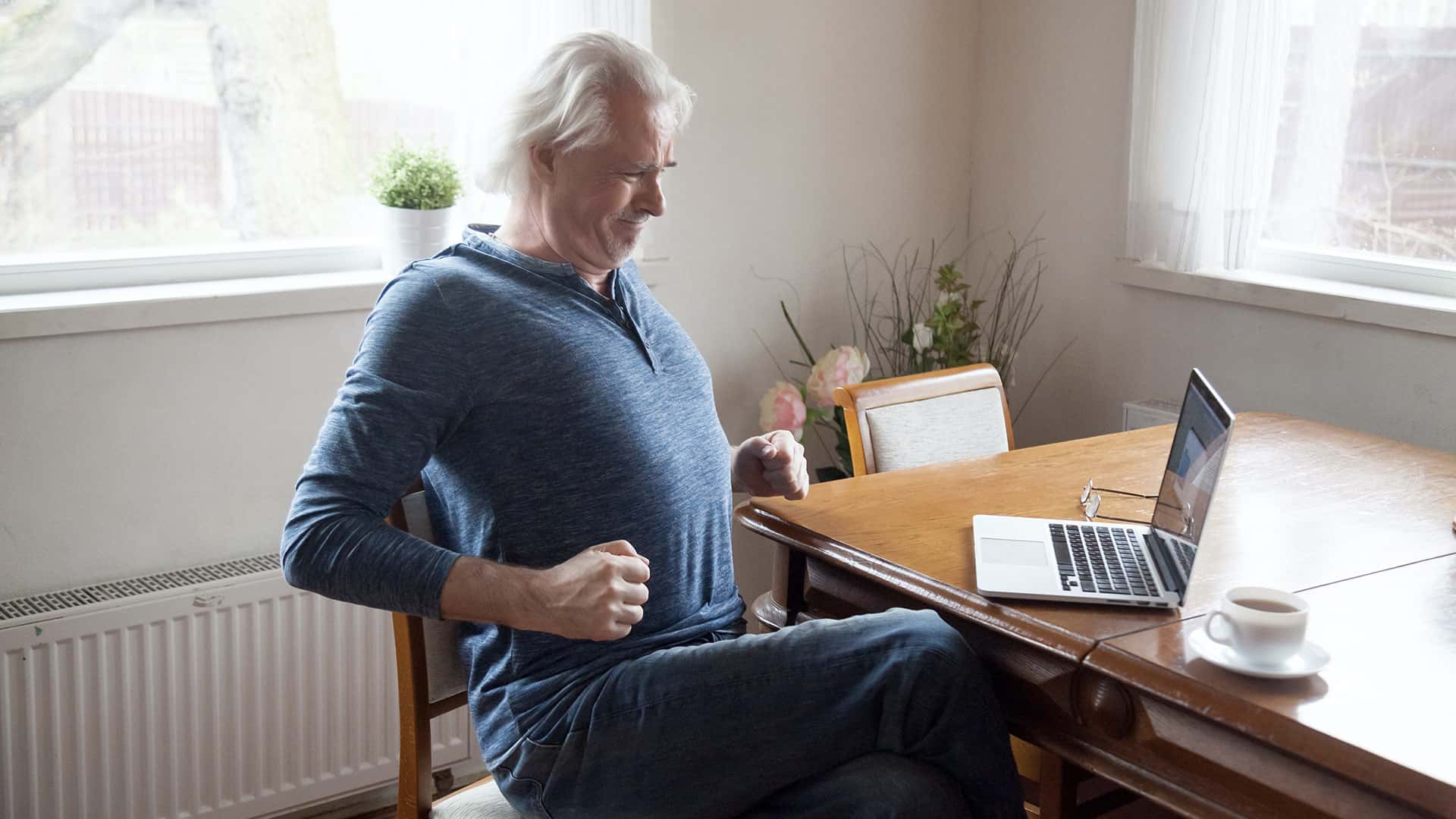 Sometimes finding relief from spinal stenosis is as easy as performing a few simple exercises. However, some exercises are too intense for patients with stenosis, so use caution when creating your own exercise plan for pain management. Our physical therapists can help you explore different exercise options, including gentle stretches for your neck and lower back.
Sometimes finding relief from spinal stenosis is as easy as performing a few simple exercises. However, some exercises are too intense for patients with stenosis, so use caution when creating your own exercise plan for pain management. Our physical therapists can help you explore different exercise options, including gentle stretches for your neck and lower back.
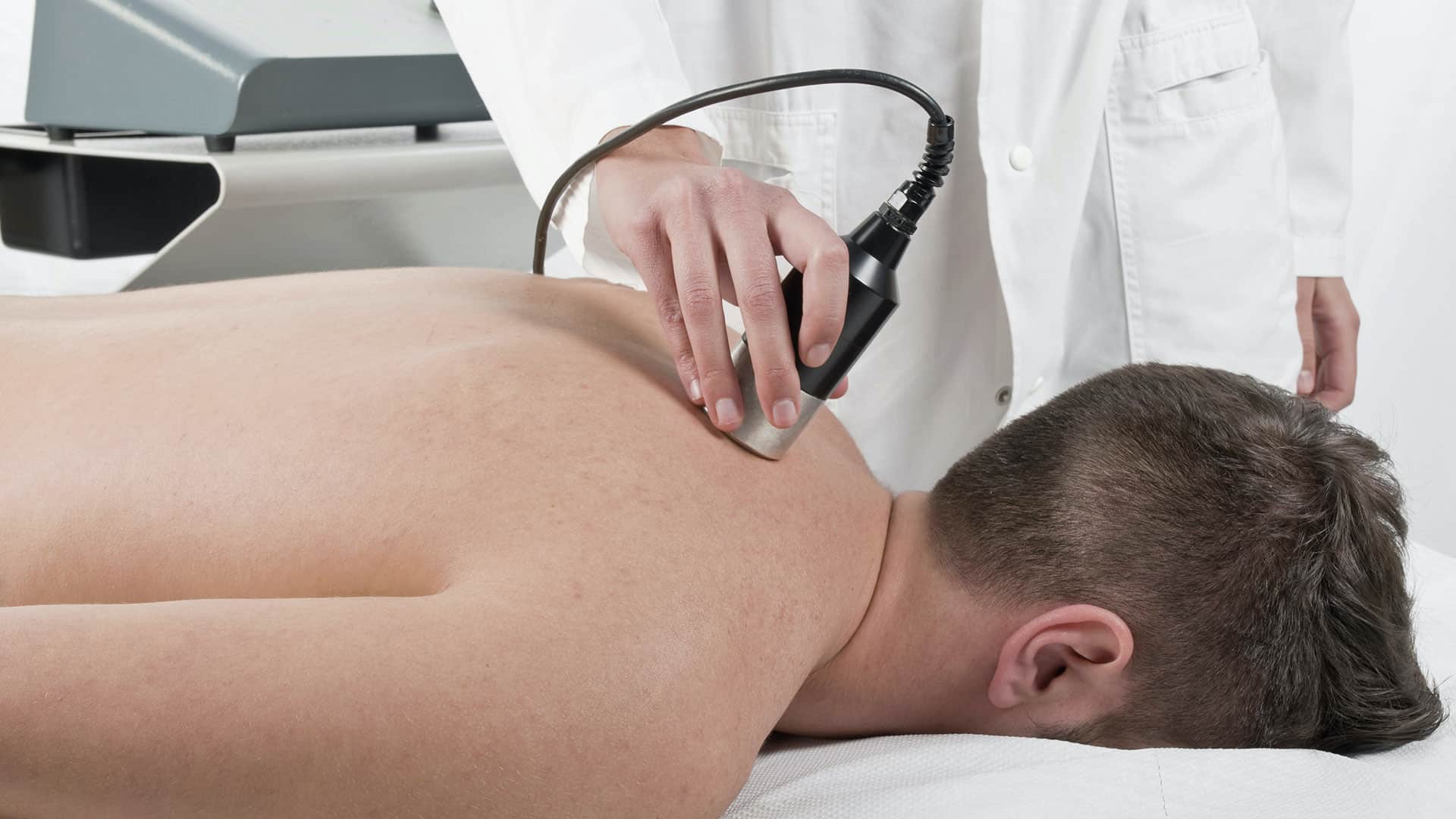 A low-level laser can provide quick relief for patients living with stenosis. As we mentioned earlier, inflammation and swelling can cause pain. A low-level laser helps reduce inflammation, which in turn makes your pain less severe.
We offer cold laser therapy at Northeast Spine and Sports Medicine, which relies on low-intensity lasers that gently reduce tenderness and inflammation. Side effects are rare when laser therapy is performed correctly. You can receive laser therapy on its own or with other treatments, such as spinal manipulation.
A low-level laser can provide quick relief for patients living with stenosis. As we mentioned earlier, inflammation and swelling can cause pain. A low-level laser helps reduce inflammation, which in turn makes your pain less severe.
We offer cold laser therapy at Northeast Spine and Sports Medicine, which relies on low-intensity lasers that gently reduce tenderness and inflammation. Side effects are rare when laser therapy is performed correctly. You can receive laser therapy on its own or with other treatments, such as spinal manipulation.
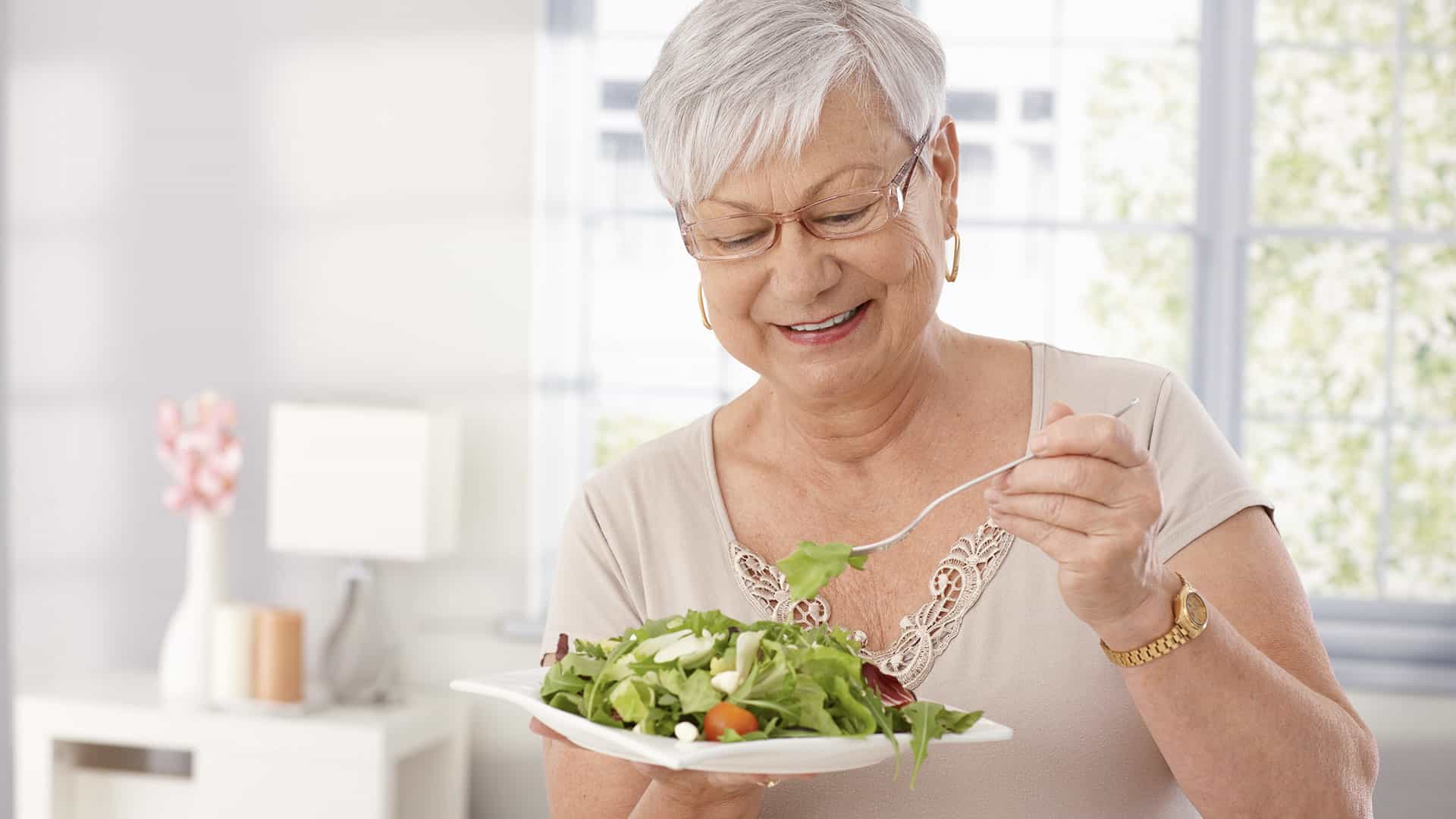 Spinal stenosis can leave your nerves inflamed, but your lifestyle choices also play a role. Alcohol consumption can increase swelling, which then makes pain worse. Sugar and salt aren't beneficial, either, when you're trying to reduce the pain of stenosis. Look for anti-inflammatory foods or prepare meals rich in antioxidants instead.
Here are some foods to try:
Spinal stenosis can leave your nerves inflamed, but your lifestyle choices also play a role. Alcohol consumption can increase swelling, which then makes pain worse. Sugar and salt aren't beneficial, either, when you're trying to reduce the pain of stenosis. Look for anti-inflammatory foods or prepare meals rich in antioxidants instead.
Here are some foods to try:
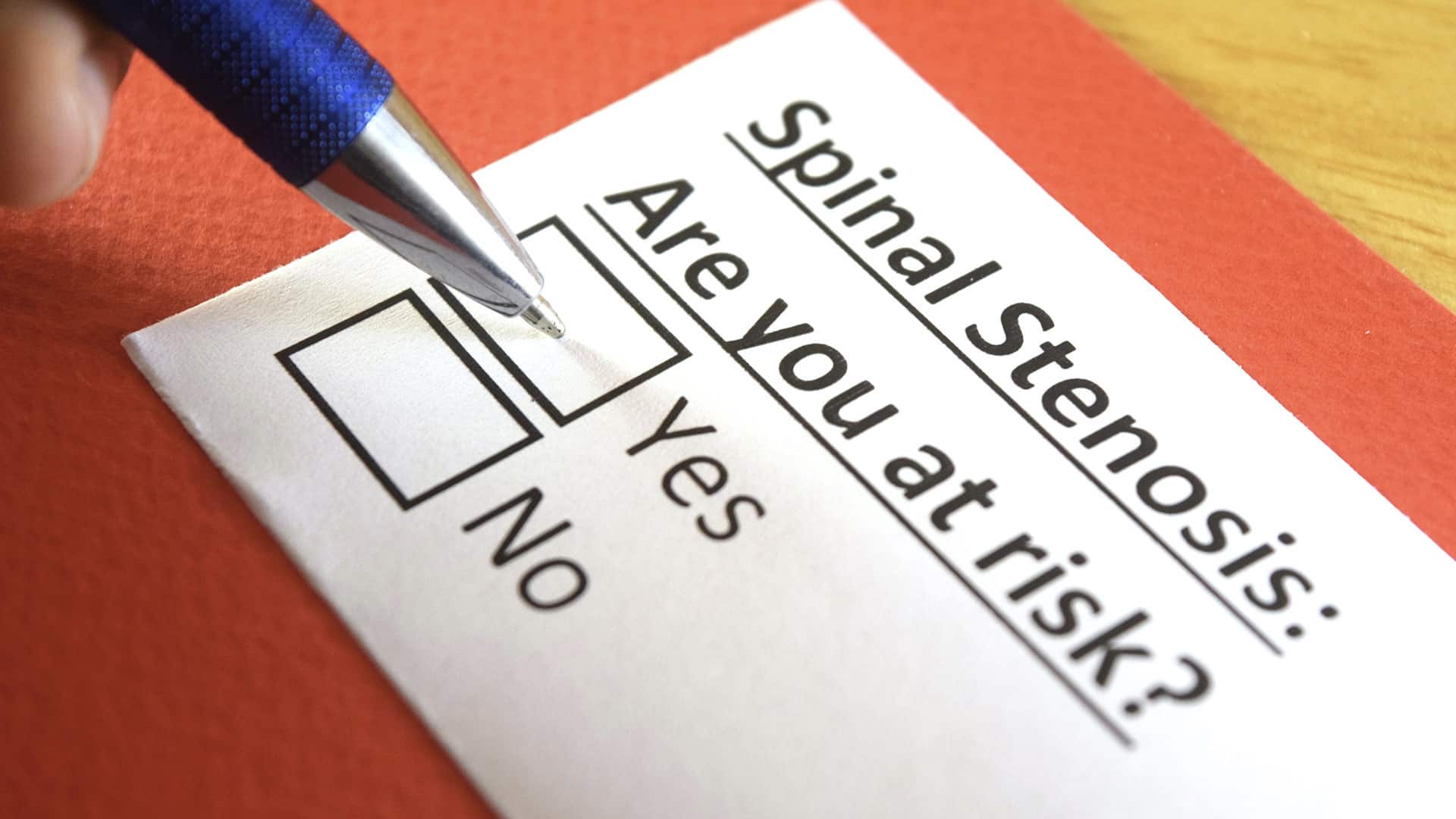 Adults often develop stenosis after they turn 60, but it can strike sooner. You're more likely to develop spinal stenosis if you have a condition such as arthritis or obesity. Genetics also play a role.
Seek treatment right away if the symptoms of spinal stenosis become severe. You may notice that you have trouble using the bathroom. Some patients have trouble controlling their bowels or bladder when spinal stenosis compresses the nerves that affect those areas. This can cause serious complications, so visit a medical professional immediately if you're experiencing this.
Adults often develop stenosis after they turn 60, but it can strike sooner. You're more likely to develop spinal stenosis if you have a condition such as arthritis or obesity. Genetics also play a role.
Seek treatment right away if the symptoms of spinal stenosis become severe. You may notice that you have trouble using the bathroom. Some patients have trouble controlling their bowels or bladder when spinal stenosis compresses the nerves that affect those areas. This can cause serious complications, so visit a medical professional immediately if you're experiencing this.
Physical Therapy for Spinal Stenosis
Physical therapy is a popular treatment for spinal stenosis, and research reveals it's just as effective as surgery for many people. Two years after undergoing surgical decompression, many patients feel the same as those who participated in physical therapy instead. We offer physical therapy for various ailments, including spinal stenosis, at Northeast Spine and Sports Medicine. When a patient with stenosis requests treatment, our physical therapists focus on relieving pain from compressed nerves or a trapped spinal cord. This may require gentle stretches, manual muscle manipulation, or help from therapeutic equipment.Chiropractic Care for Spinal Stenosis
 Chiropractors manipulate the spine, which helps ensure discs slide into their intended positions. This is beneficial for patients with spinal stenosis, as they often have bulging discs that are pressed against nerves. Many patients feel better after their first chiropractic adjustment. However, you might not experience full relief right away. Nerve damage takes time to heal, especially if compression lasted a while.
Stenosis can affect different parts of the spine, so your chiropractor will typically adjust the full spine, paying extra attention to the damaged portions. This will likely be your neck or lower back, though stenosis can also occur in the mid back. Ask a professional chiropractic center about your symptoms before they get worse.
Chiropractors manipulate the spine, which helps ensure discs slide into their intended positions. This is beneficial for patients with spinal stenosis, as they often have bulging discs that are pressed against nerves. Many patients feel better after their first chiropractic adjustment. However, you might not experience full relief right away. Nerve damage takes time to heal, especially if compression lasted a while.
Stenosis can affect different parts of the spine, so your chiropractor will typically adjust the full spine, paying extra attention to the damaged portions. This will likely be your neck or lower back, though stenosis can also occur in the mid back. Ask a professional chiropractic center about your symptoms before they get worse.
Therapeutic Injections
Therapeutic injections are a minimally invasive spine surgery that may benefit patients with spinal stenosis. Consider getting epidural injections if other pain management options have failed. These cortisone injections work by distributing steroids throughout your spine's epidural region. The steroids tackle swelling, which is a common trigger for pain. Epidural injections are great for long-term pain relief. Results often last for weeks or months. Some patients even experience permanent pain relief after receiving epidural injections. In case you still need to manage some pain after taking this injections, here is an interesting article about the usage of cbd oils.Exercise and Stretches
 Sometimes finding relief from spinal stenosis is as easy as performing a few simple exercises. However, some exercises are too intense for patients with stenosis, so use caution when creating your own exercise plan for pain management. Our physical therapists can help you explore different exercise options, including gentle stretches for your neck and lower back.
Sometimes finding relief from spinal stenosis is as easy as performing a few simple exercises. However, some exercises are too intense for patients with stenosis, so use caution when creating your own exercise plan for pain management. Our physical therapists can help you explore different exercise options, including gentle stretches for your neck and lower back.
Laser Therapy
 A low-level laser can provide quick relief for patients living with stenosis. As we mentioned earlier, inflammation and swelling can cause pain. A low-level laser helps reduce inflammation, which in turn makes your pain less severe.
We offer cold laser therapy at Northeast Spine and Sports Medicine, which relies on low-intensity lasers that gently reduce tenderness and inflammation. Side effects are rare when laser therapy is performed correctly. You can receive laser therapy on its own or with other treatments, such as spinal manipulation.
A low-level laser can provide quick relief for patients living with stenosis. As we mentioned earlier, inflammation and swelling can cause pain. A low-level laser helps reduce inflammation, which in turn makes your pain less severe.
We offer cold laser therapy at Northeast Spine and Sports Medicine, which relies on low-intensity lasers that gently reduce tenderness and inflammation. Side effects are rare when laser therapy is performed correctly. You can receive laser therapy on its own or with other treatments, such as spinal manipulation.
Lifestyle Changes
 Spinal stenosis can leave your nerves inflamed, but your lifestyle choices also play a role. Alcohol consumption can increase swelling, which then makes pain worse. Sugar and salt aren't beneficial, either, when you're trying to reduce the pain of stenosis. Look for anti-inflammatory foods or prepare meals rich in antioxidants instead.
Here are some foods to try:
Spinal stenosis can leave your nerves inflamed, but your lifestyle choices also play a role. Alcohol consumption can increase swelling, which then makes pain worse. Sugar and salt aren't beneficial, either, when you're trying to reduce the pain of stenosis. Look for anti-inflammatory foods or prepare meals rich in antioxidants instead.
Here are some foods to try:
- Salmon
- Blueberries
- Green smoothies
- Turmeric
- Nuts
- Whole grains
- Fresh fruits and veggies
Medication
Some patients use over-the-counter pain relievers, such as aspirin or muscle balm, for spinal stenosis. Unfortunately, these are only short-term solutions because they don't treat the root of your pain. The same is true for prescription medications designed for pain relief. That's why many patients seek treatments that offer lasting relief, such as chiropractic care or physical therapy.Surgery
When other solutions fail, some people request surgery for spinal stenosis. However, this is often a last resort for patients. There are many noninvasive and minimally invasive spine procedure options for stenosis that are just as effective as surgery. Talk to the team at Northeast Spine and Sports Medicine if you suspect that surgery may be your only option. We'll evaluate your symptoms and let you know how we can help. If you decide that surgery is the best choice for you, you might undergo one of the following procedures:- Decompression laminectomy
- Medial facetectomy
- Transforaminal lumbar interbody fusion (TILF)
- Posterior lumbar interbody fusion (PLIF)
- Foraminotomy
- mild® procedure
Who Is at Risk for Spinal Stenosis?
 Adults often develop stenosis after they turn 60, but it can strike sooner. You're more likely to develop spinal stenosis if you have a condition such as arthritis or obesity. Genetics also play a role.
Seek treatment right away if the symptoms of spinal stenosis become severe. You may notice that you have trouble using the bathroom. Some patients have trouble controlling their bowels or bladder when spinal stenosis compresses the nerves that affect those areas. This can cause serious complications, so visit a medical professional immediately if you're experiencing this.
Adults often develop stenosis after they turn 60, but it can strike sooner. You're more likely to develop spinal stenosis if you have a condition such as arthritis or obesity. Genetics also play a role.
Seek treatment right away if the symptoms of spinal stenosis become severe. You may notice that you have trouble using the bathroom. Some patients have trouble controlling their bowels or bladder when spinal stenosis compresses the nerves that affect those areas. This can cause serious complications, so visit a medical professional immediately if you're experiencing this.

